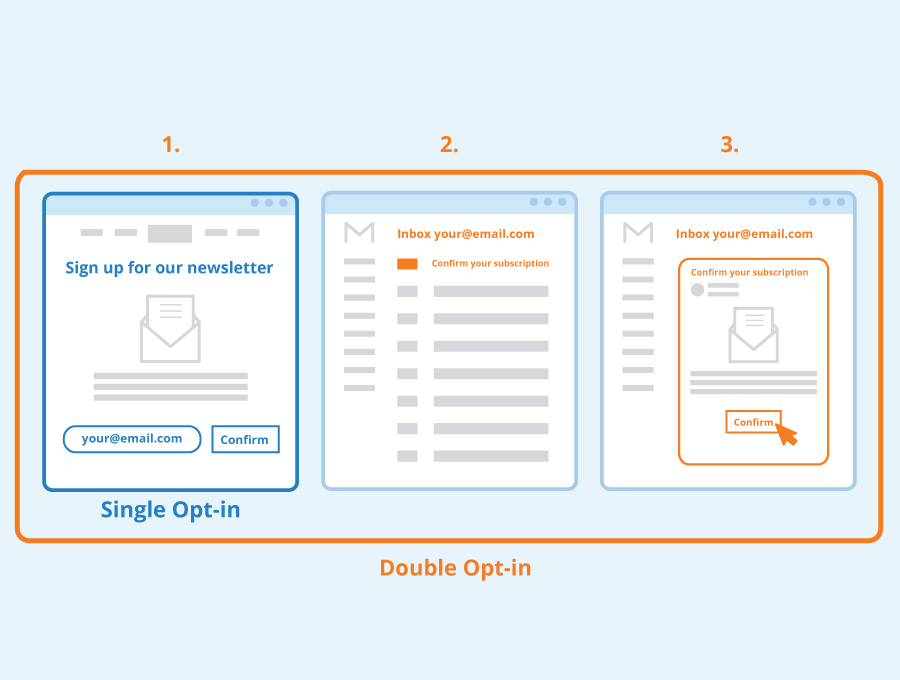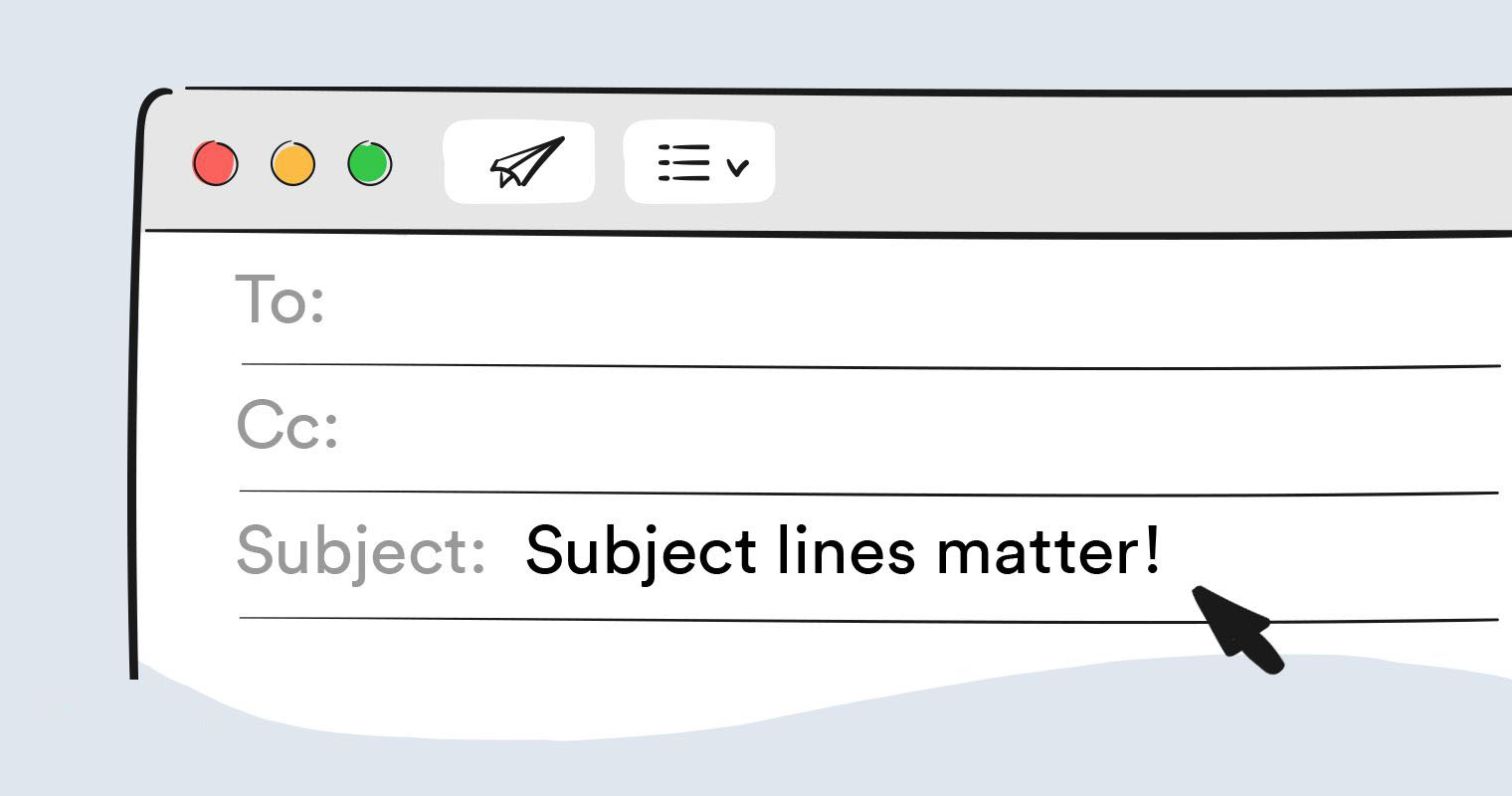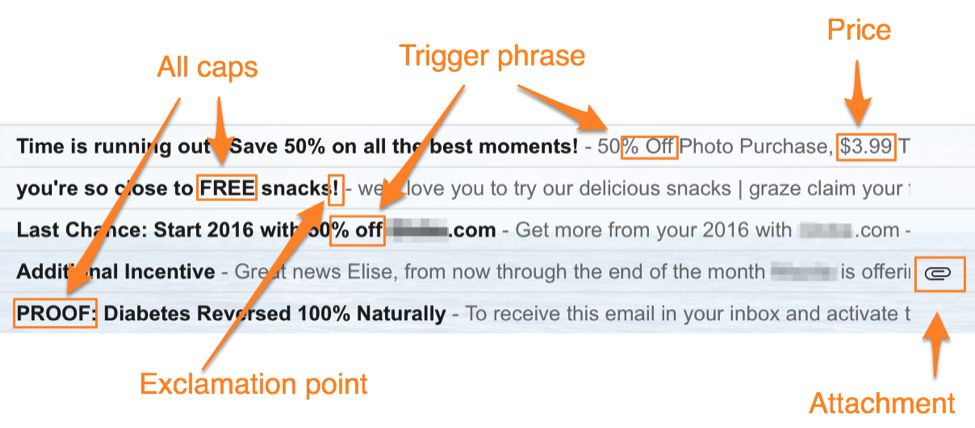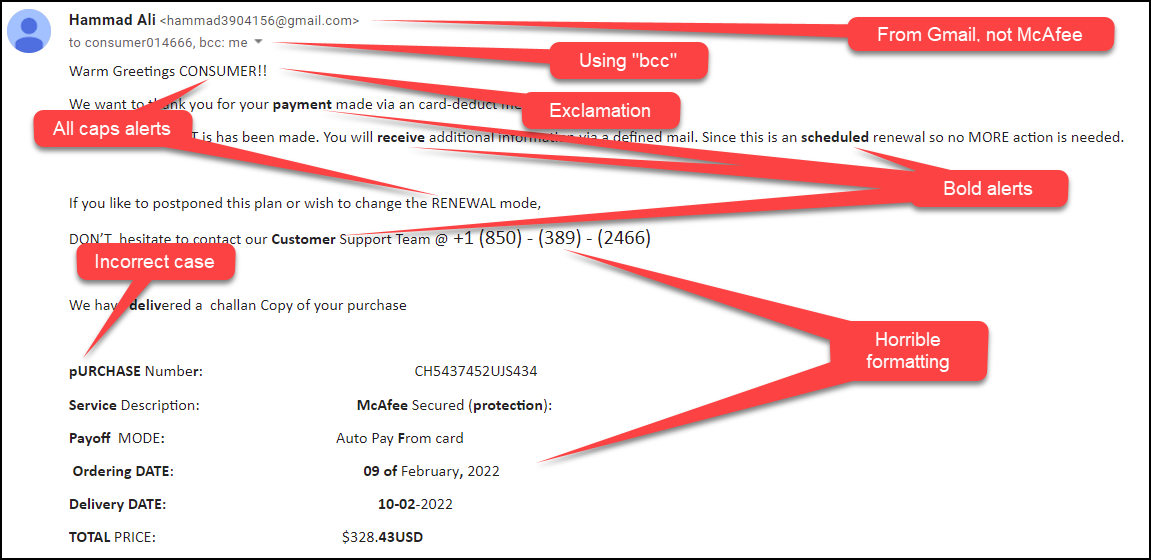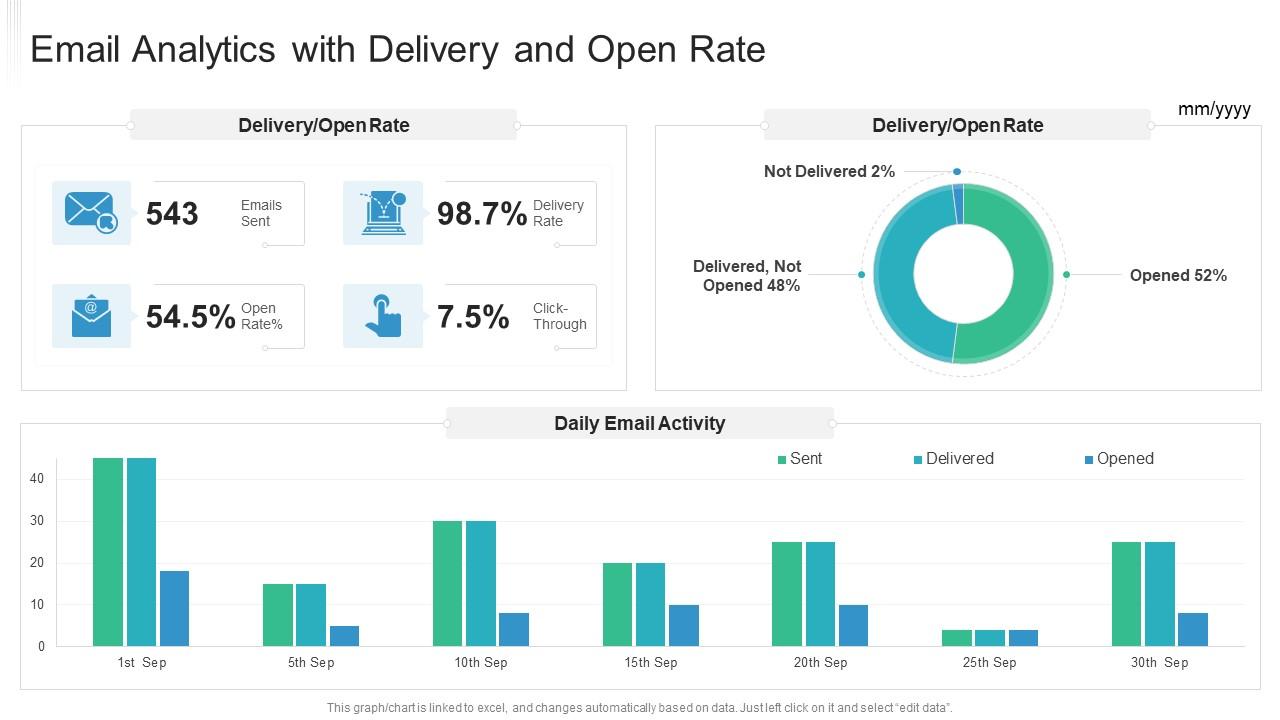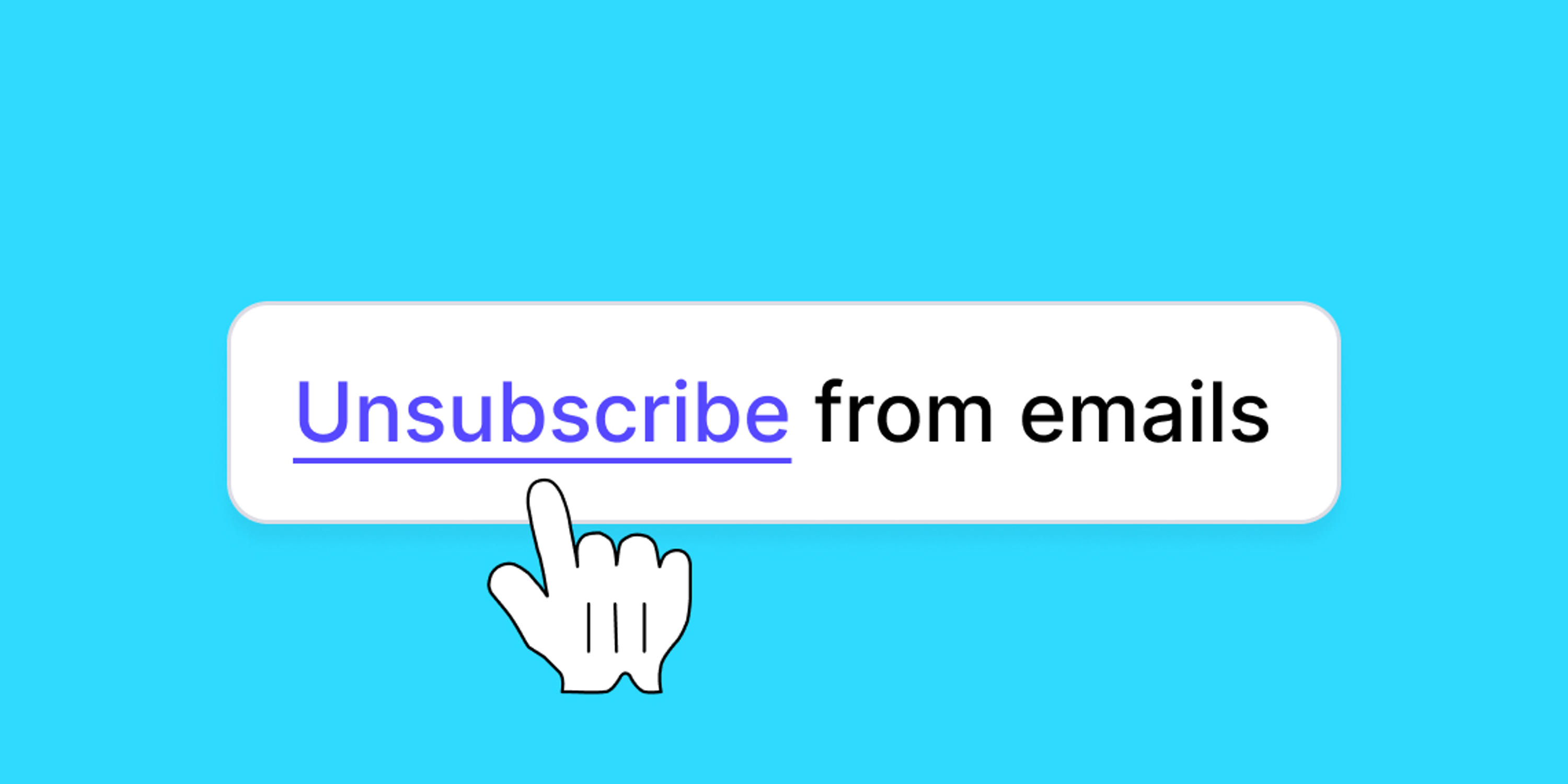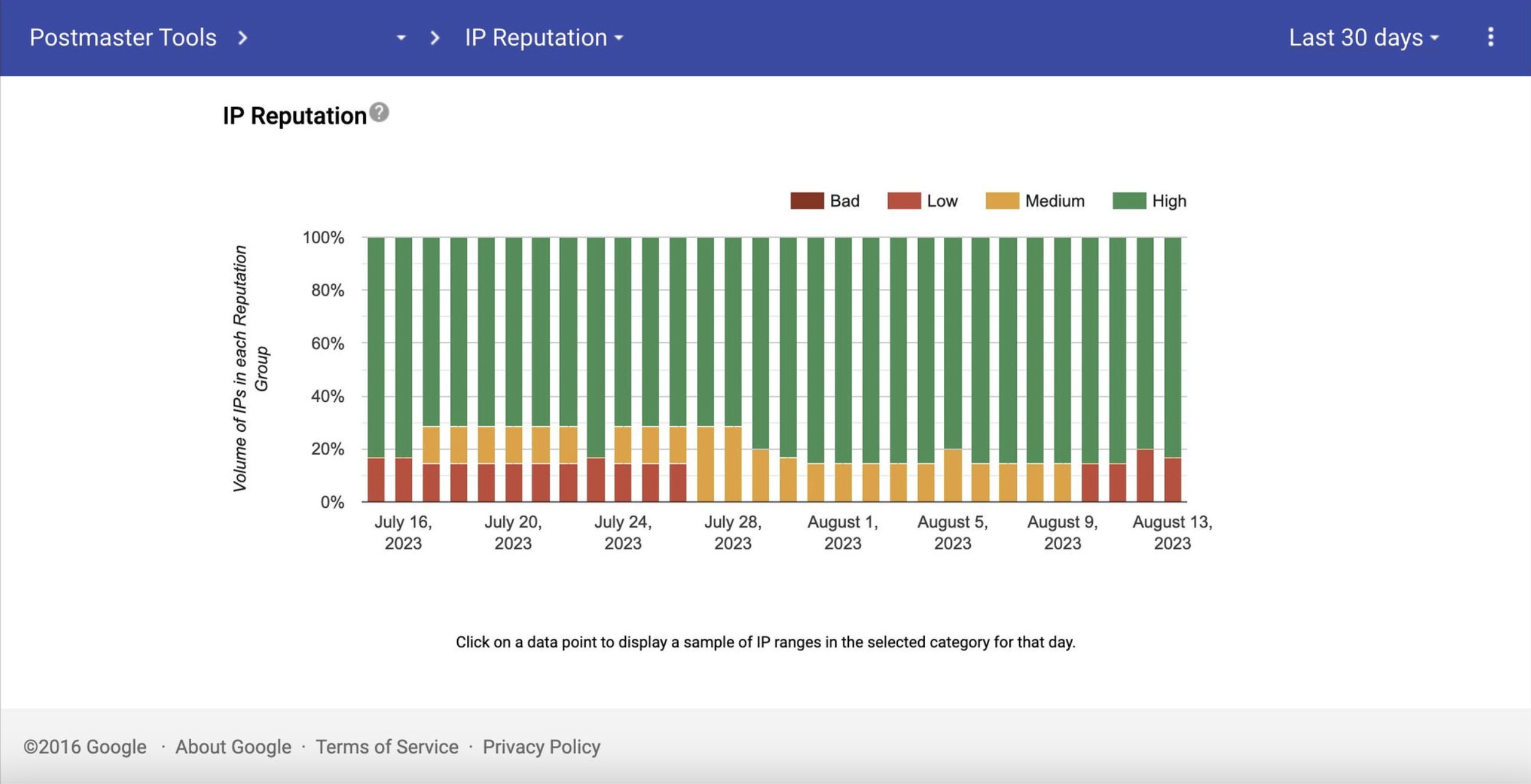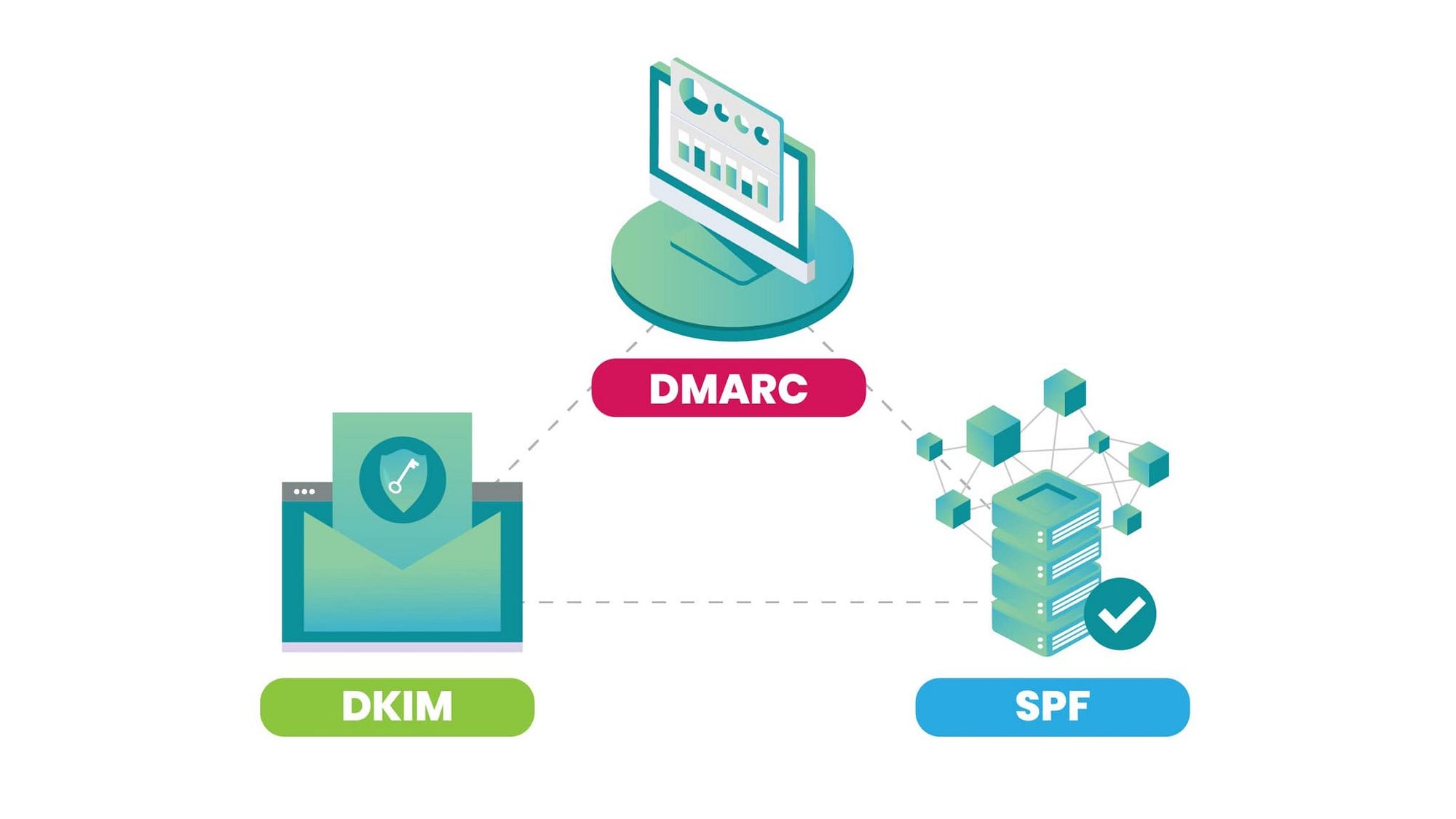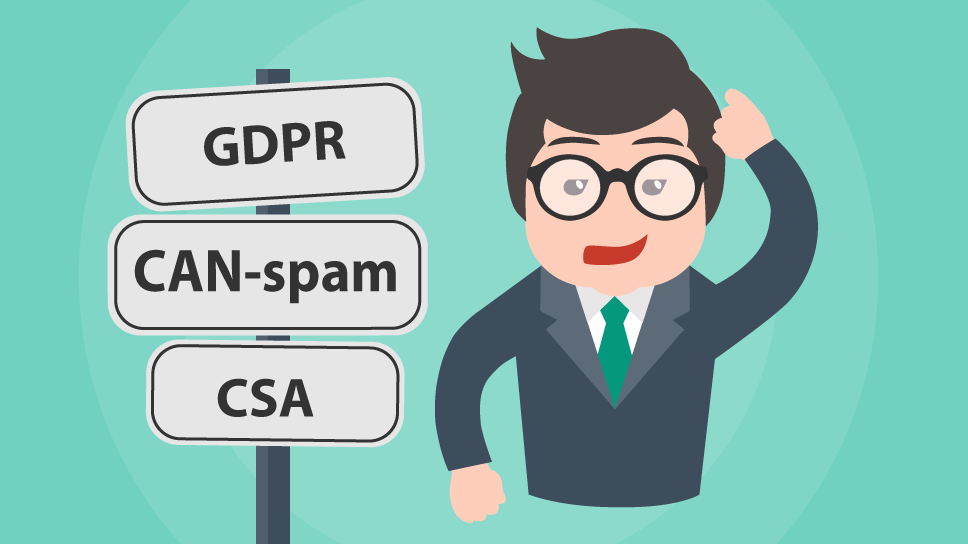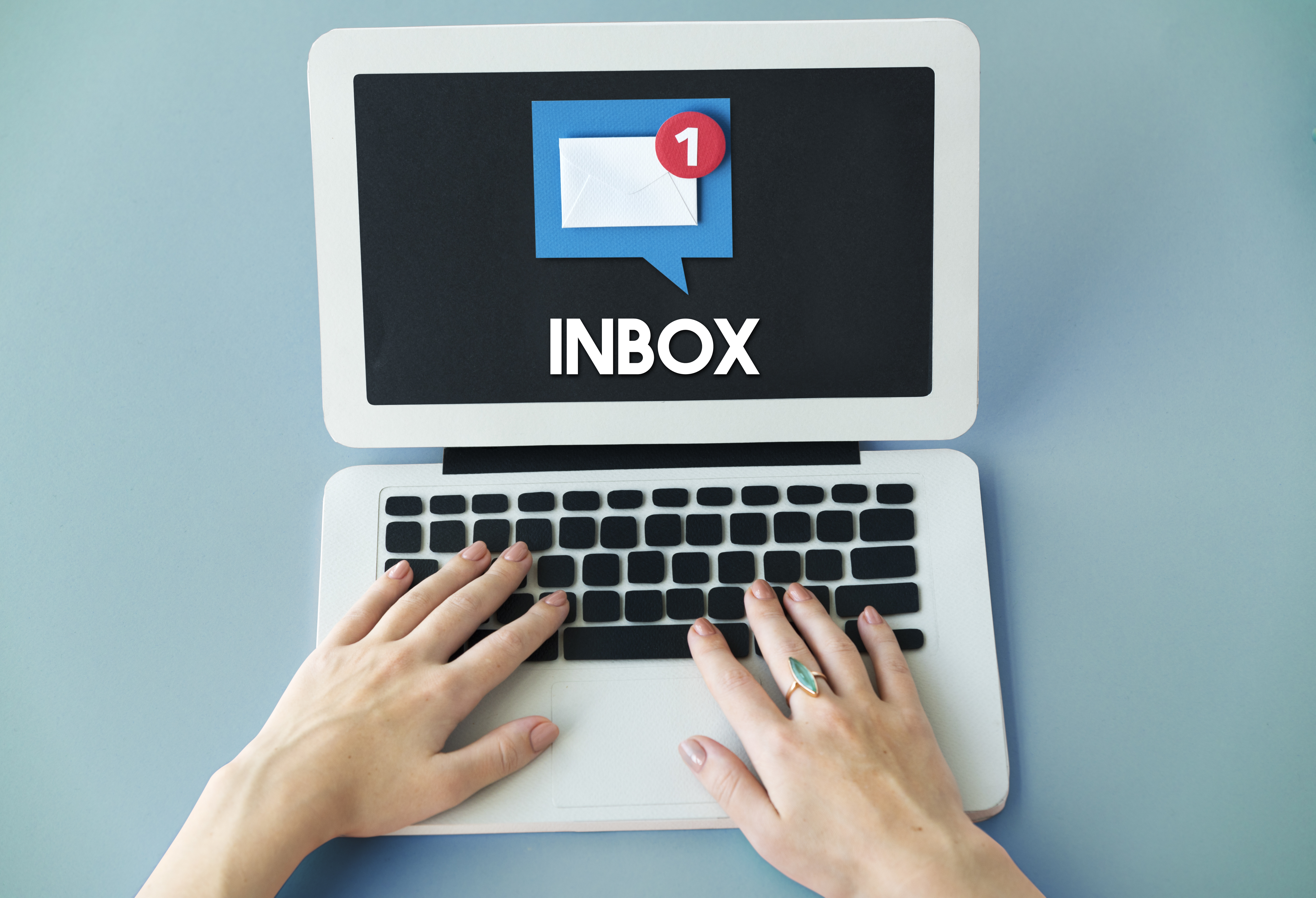Ah, spam—the digital junk mail nobody asked for but everyone seems to get. It’s like the virtual version of those random flyers stuffed in your mailbox. Annoying, right?
But while it’s easy to hit “delete” when it’s someone else’s problem, it’s a whole different story when your own emails are the ones getting tossed into the spam abyss.
In 2024, keeping your emails out of spam folders is more difficult than ever. With email providers constantly tightening their filters and new rules on the horizon, even the best-intentioned messages can end up lost in the junk pile. And what good is a carefully crafted email if it never sees the light of day?
In this article, I’ll walk you through 10 simple strategies on how to avoid email going to spam and ensure it makes it to the inbox where it belongs.
Whether you’re struggling with spammy subject lines or authentication protocols that sound like they require a PhD, these tips will help you navigate the world of email deliverability like a pro.
So, let’s dive in and get your emails back where they should be!
Tip 1: Build and Maintain a Clean Email List
Your email list is the heart and soul of your email campaigns. Sure, it might be tempting to bulk up that list quickly by buying or scraping emails from wherever you can find them. But here’s the catch: doing that is a fast track to the spam folder.
If your emails are going to people who never signed up or don’t even know who you are, it’s not exactly a great look. Plus, spam filters love to punish lists full of disinterested or random recipients.
The better option? Build your list organically. It might take a little more time (and money!), but it’s worth it. People who actually want to hear from you are far more likely to engage with your emails.
And don’t forget to do some regular housekeeping—remove inactive or unengaged contacts. A smaller, more engaged list beats a massive, disinterested one any day!
Tip 2: Use Double Opt-In
If you want to take your email list to the next level, it’s time to consider double opt-in.
Instead of just asking people to sign up once, you send them a confirmation email where they have to click a link to say, “Yes, I really do want to hear from you!” This extra step makes sure you’re not just adding anyone and everyone—kind of like having a bouncer at the door of your email list.
Why bother? Well, for one, it drastically reduces spam complaints. You’re only emailing people who have actively confirmed they want your content. Plus, it boosts engagement. After all, if someone goes through the effort of confirming, they’re probably more likely to actually open your emails.
Double opt-in might seem like an extra hoop, but it’s is a small price to pay for a healthier, more engaged list—and fewer trips to the spam folder.
Tip 3: Write Engaging Subject Lines
Your email’s first impression comes from the subject line—it’s like the opening line of a conversation.
A good subject line can be the difference between ending up in the inbox or the spam-land. But certain words and formats can trigger spam filters faster than you can say “instant access!”
To avoid getting flagged, steer clear of spam trigger words like “free,” “urgent,” or “buy now,” and go easy on the exclamation points and ALL CAPS. Over-the-top subject lines can feel pushy and they practically scream “junk mail.”
Here’s a perfect example of that kind of email:
Instead, focus on being clear and concise. Stick to under 50 characters and make sure it actually reflects the email’s content. A sharp, well-crafted subject line boosts open rates and builds trust with your readers.
The trick is finding that sweet spot—grab their attention without being misleading, and you’ll avoid those spam traps and get your marketing emails where they should be: the inbox.
Tip 4: Avoid Spammy Content and Formatting
Now that we’ve nailed the subject line, let’s dive into the content of your emails. Spam filters are getting smarter by the day, and they don’t just care about what you’re saying but how you’re saying it.
If your email is a jumble of images with barely any text—or worse, has broken links—you’re basically waving a giant red flag at modern spam filters.
To stay safe, aim for a good balance: about 60% text and 40% images. This gives your email enough substance to pass through without triggering alarms. And don’t forget to optimize those images and double-check your links. A single broken link can hurt your email deliverability.
Formatting counts too. Stick to clean, easy-to-read layouts. A chaotic email loaded with fonts and colors can look suspicious. Keep it simple, and you’ll avoid spam filters with ease.
Tip 5: Keep Your Emails Relevant and Personalize Your Content
Don’t you just hate those generic, cookie-cutter emails? Well, so does your audience!
If your marketing emails aren’t relevant to your audience, they’re more likely to hit “delete” or worse, mark them as spam emails. That’s why personalization is your best friend when it comes to boosting engagement and keeping your marketing messages far from the spam folder.
To start, segment your email list based on what makes sense for your business. Here are a few ideas:
- Demographic segmentation: Age, gender, location, income, education, occupation, and more.
- Behavioral segmentation: Website activity, email engagement, purchase history, shopping cart abandonment, etc.
- Purchase history segmentation: Frequency of purchases, product categories, past trends, and purchase value.
This way, you can send tailored messages that actually speak to their needs. Whether it’s a personalized product recommendation or a special offer based on recent activity, it shows you get your audience.
Tip 6: Monitor Email Engagement and Interaction
Once your emails hit the inbox, the real game begins—keeping your audience engaged! Email engagement metrics like open rates, click-through rates, and even reply rates are your scoreboard, showing how well your emails are performing.
So, how do you keep that engagement strong? Simple! Make sure your content is valuable and relevant to your audience. Use clear, attention-grabbing calls to action and make your emails easy to interact with.
Don’t forget to keep an eye on those engagement metrics. If you notice a drop in open rates or an increase in spam complaints, it’s time to adjust your strategy.
The best way to stay on top of those metrics? Give InboxAlly a whirl. With real-time monitoring and analysis, InboxAlly can slash spam complaints by up to 70% and boost open rates to over 40%. Ready for expert help? Check out InboxAlly.
Tip 7: Use One-Click Unsubscribe Links
Let’s face it: no one likes being trapped on an email list they don’t want to be on. Making it easy for people to opt-out is not only courteous, but it can also save your emails from being marked as spam.
Including a clear, one-click unsubscribe link at the bottom of your emails is a simple way to reduce spam complaints and keep your sender reputation intact.
Starting in 2024, a one-click unsubscribe isn’t just a nice-to-have—it’s mandatory by new regulations. Skip it, and you’re looking at some serious email deliverability nightmares. Trust me, it’s not worth the risk.
The easier you make it for people to unsubscribe, the fewer headaches you’ll have down the line. So, keep it simple, and let your subscribers leave gracefully!
Tip 8: Monitor Your Sender Reputation
Your sender reputation is like your credit score for email—it determines how much email service providers trust you. A poor sender reputation can quickly land your emails in spam, while a strong one ensures better inbox placement. Your reputation is built on factors like engagement rates, spam complaints, and whether you’re sending to valid, active addresses.
Tools like Google Postmaster Tools or Sender Score are your go-to for keeping a tab on your sender rep. They give you a clear picture of how your emails are performing and whether your reputation needs a little TLC.
Maintaining a good reputation takes a bit of work. Regularly clean up your list—remove unengaged subscribers and invalid addresses. Address spam complaints quickly and make sure your emails deliver real value. The more you nurture your reputation, the more likely your emails will reach their destination—your recipients’ inboxes.
Tip 9: Authenticate Your Email with SPF, DKIM, and DMARC
Let’s dive into the alphabet soup of email authentication: SPF, DKIM, and DMARC. Don’t worry; it’s not as mind-boggling as it sounds, but it’s a must if you want to make your emails land where they should.
Here’s how these protocols work:
- SPF (Sender Policy Framework): Think of it like a guest list for your email domain. It tells email providers which servers are allowed to send emails on your behalf. If an uninvited server tries to crash the party, the email gets booted.
- DKIM (DomainKeys Identified Mail): This is like a digital signature for your emails. It makes sure the email isn’t tampered with during transit, so the recipient gets the exact message you sent, no surprises.
- DMARC (Domain-based Message Authentication, Reporting, and Conformance): DMARC acts as the enforcer. It uses SPF and DKIM to decide what happens if an email looks shady—whether to toss it out or just keep it under watch in quarantine.
By getting these protocols in place, you’re basically showing email providers your “legit sender” badge, which helps improve your sender reputation and lowers the odds of your emails landing in spam. If you haven’t set these up yet, now’s the time!
Tip 10: Stay Compliant with Internet Privacy Laws
And finally—follow the rules! Obeying regulations like GDPR, CAN-SPAM Act, and CCPA isn’t just about dodging massive fines; it’s key to keeping your email deliverability in check.
Playing by these rules tells email service providers (ESPs) that you’re a trustworthy sender, which helps keep your emails out of the junk folder.
These laws require a few basics: a clear unsubscribe link, explicit permission from your subscribers, and being upfront about how you use their data. Break the rules, and you could face fines, legal issues, and a hit to your sender reputation—bad deal.
Final Thoughts
In a world where spam filters are getting smarter and rules are getting stricter, staying sharp with your email deliverability game is more important than ever.
Consistency is key. Regularly monitor your sender reputation, engagement rates, and compliance with privacy laws to stay ahead of the curve. As regulations and best practices evolve, so should your email strategy.
And hey, no shame in getting a little help! If deliverability’s driving you crazy, InboxAlly’s got your back—send more emails, hit more inboxes, and make your email marketing unstoppable! Ready to level up? Check out InboxAlly!

